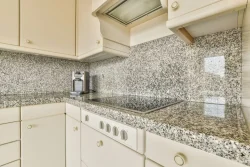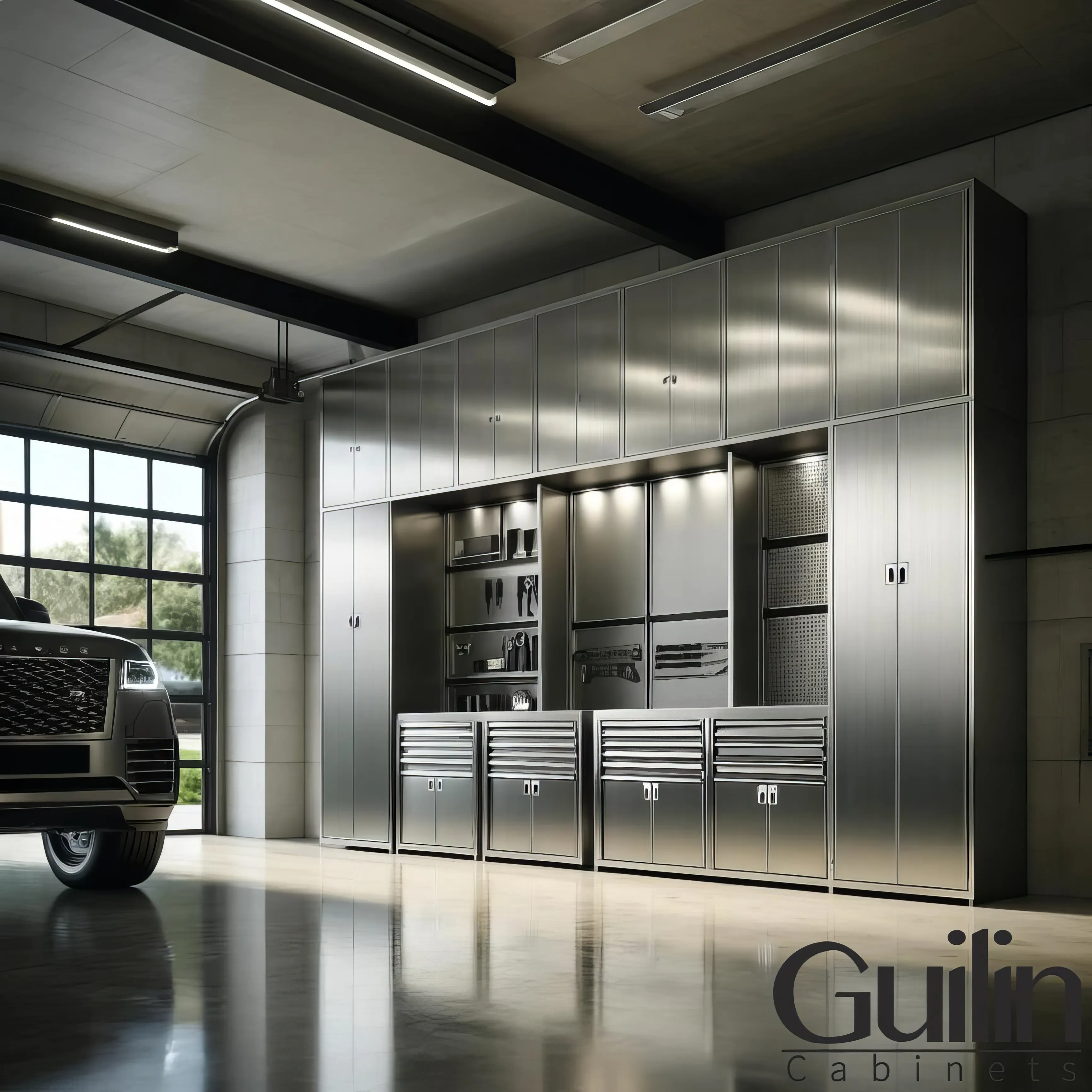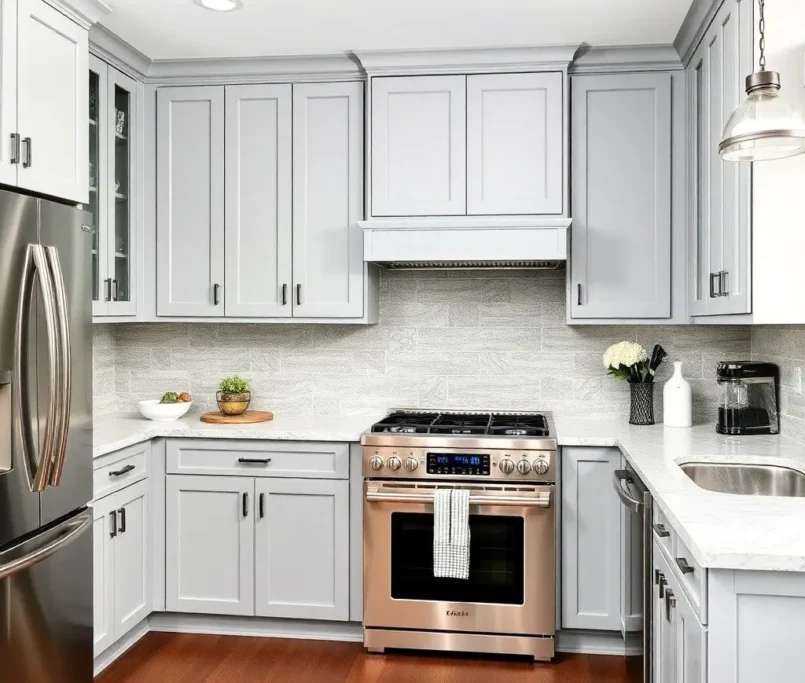It’s time to explore into the world of modern kitchen style – a design aesthetic that emphasizes sleek lines, clean finishes, and a perfect balance of form and function. Modern kitchens are a reflection of contemporary living, where simplicity meets practicality. From minimalist cabinetry to innovative storage solutions, this style effortlessly combines beauty with efficiency, creating a space that is both visually appealing and highly functional. Let’s explore the key elements that define the modern kitchen style and how you can incorporate them into your own culinary haven.
=> Read More: Top Kitchen Design Ideas, Themes, and Styles
Top 9 Different Types of Kitchen Themes & Styles:
- Contemporary Kitchen Style: sleek, clean, function over form.
- Modern Kitchen Style: sleek, clean, balanced form and function.
- Traditional Kitchen Style: timeless aesthetic
- Industrial Kitchen Style: touch, raw, bold space
- Coastal Kitchen Style: fresh air, natural light, and a healthy lifestyle.
- Scandinavian Kitchen Style: natural wood cabinetry, clean lines, airy.
- Rustic Kitchen Style: Tuscan villa, log cabin
- Cottage Kitchen Style: family-friendly, warm, cozy
- Country Farmhouse Kitchen Style: back to the 18th century
How To Know Modern Kitchen Style?
Any modern kitchen style is characterized by clean lines, minimalist design, and a sleek overall appearance. Neutral color palettes, such as white, gray, and black, are often used to create a sense of calm and simplicity. High-quality materials like stainless steel, concrete, and quartz are commonly found in modern kitchens, adding a touch of sophistication and durability to the space.
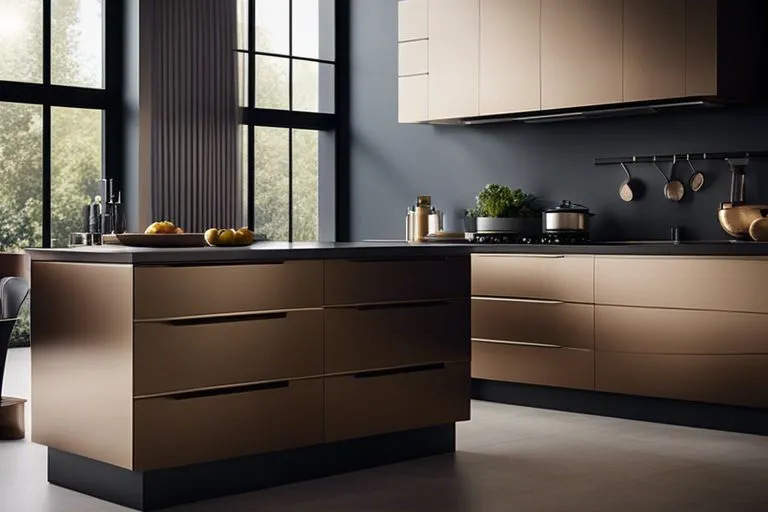
In Addition, Modern kitchens also feature innovative storage solutions, integrated appliances, and smart technology that make cooking and entertaining more convenient. The use of geometric shapes, asymmetry, and asymmetrical designs in cabinetry and countertops adds visual interest and a contemporary feel to the kitchen.

For instance, in modern kitchens, you will often find integrated appliances that seamlessly blend in with the cabinetry, creating a streamlined and cohesive aesthetic. Additionally, the emphasis on maximizing storage and organization solutions reflects the practicality and efficiency that are hallmarks of modern kitchen style.

Characteristics of a Modern Kitchen
Clean Lines and Minimal Ornamentation
Even in the ever-evolving world of interior design, modern kitchens stand out for their clean lines and minimal ornamentation. This design aesthetic prioritizes simplicity and functionality, with a focus on sleek, uncluttered surfaces and geometric forms. Sharp angles, straight lines, and smooth edges are key elements that define modern kitchen style.
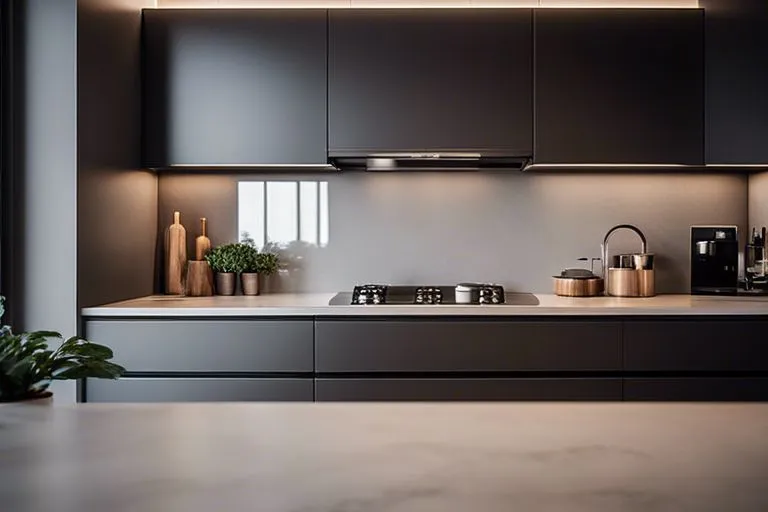
The absence of intricate details or excess decoration creates a sense of minimalism and sophistication in modern kitchens. Instead of elaborate carvings or ornate patterns, modern kitchen cabinets, countertops, and appliances often feature flat surfaces and simple finishes like stainless steel or matte textures. This minimalist approach enhances the overall sense of order and visual harmony in the space.

Open Floor Plans and Flowing Spaces
Flowing through the heart of modern kitchen design is the concept of open floor plans and interconnected spaces. Modern kitchens are not just functional areas for cooking and dining but also social hubs where family and friends can gather and interact seamlessly. The open layout of modern kitchens helps to create a sense of spaciousness, light, and airiness in the home.

By removing physical barriers like walls and partitions, modern kitchens connect with adjacent living and dining areas, allowing for easy communication and movement between spaces. This fluidity in design promotes a sense of unity and cohesion throughout the home, encouraging a harmonious flow of activities and relationships.

Plans for modern kitchens often incorporate large windows, sliding doors, or skylights to bring in natural light and blur the boundaries between indoor and outdoor environments. This integration of nature and architecture enhances the overall sense of well-being and connectivity in modern kitchen spaces.

Task-Oriented Lighting
For optimal task lighting in a modern kitchen, it is important to consider the placement of light fixtures to eliminate shadows and glare. LED strip lights are a popular choice for under-cabinet lighting, providing bright and energy-efficient illumination for countertop tasks. Pendant lights hung above the kitchen island not only add a stylish element to the space but also provide focused light for meal preparation and cooking. Adjustable track lighting allows you to direct light where it is needed most, making it a versatile option for modern kitchens.

LED Lighting for Energy Efficiency
With sustainability becoming an increasingly important aspect of modern design, LED lighting has become a popular choice for modern kitchens due to its energy efficiency and longevity. LED bulbs consume less energy than traditional incandescent bulbs, making them an eco-friendly option for lighting up your kitchen. Additionally, LED lights produce less heat, reducing the load on your air conditioning system and contributing to overall energy savings in your home.

Lighting is an important consideration in modern kitchen design, not only for its functional aspects but also for its impact on the overall aesthetic and energy efficiency of the space. By choosing the right lighting fixtures and placement, you can enhance the look and functionality of your modern kitchen while also reducing your energy consumption and carbon footprint.

Neutral Backgrounds and Bold Accents
Not only do modern kitchens focus on sleek, clean lines and balanced form and function, but they also pay careful attention to color schemes. One popular choice is to have neutral backgrounds, such as white, beige, or grey, to create a sense of spaciousness and airiness in the kitchen. These neutral tones serve as the perfect backdrop for introducing bold accents, like vibrant red, deep blue, or rich green, in the form of kitchen cabinets, backsplashes, or decor elements.

Monochromatic and Two-Tone Designs
Neutral color schemes are a hallmark of modern kitchen design, with monochromatic and two-tone designs being popular choices for creating a sophisticated and polished look. Monochromatic kitchens stick to varying shades of a single color, such as different tones of grey or beige, to achieve a harmonious and unified feel. On the other hand, two-tone kitchens combine contrasting colors, like black and white or navy and brass, to add visual interest and depth to the space.

Flat-panel cabinets and Handle-Free Designs
All modern kitchens prioritize sleek, clean lines and a minimalist aesthetic, which is why flat-panel cabinets and handle-free designs have become popular choices. These cabinet styles contribute to a seamless and uncluttered look in the kitchen, emphasizing a sense of simplicity and sophistication. Flat-panel cabinets offer a smooth surface that blends effortlessly with modern design elements, while handle-free designs create a minimalist and streamlined appearance. The absence of handles also adds to the overall clean and uninterrupted look of the cabinetry.

Innovative Storage Solutions for Small Spaces
A modern kitchen is not only about style but also about practicality, especially in smaller spaces where efficient storage is crucial. Innovative storage solutions like pull-out pantry cabinets, corner drawers, and rotating carousels are designed to make the most of limited space while maintaining a contemporary look. These solutions allow for better organization and accessibility, ensuring that every inch of the kitchen is utilized effectively.

Durable and Low-Maintenance Countertop Materials
To achieve the sleek and clean aesthetic of a modern kitchen, durable and low-maintenance materials are imperative for countertops and surfaces. Materials like quartz, stainless steel, and concrete are popular choices in modern kitchens due to their resistance to stains, scratches, and heat. These materials not only offer longevity but also require minimal upkeep, making them ideal for busy and practical modern lifestyles.

Integrated Sinks and Cooktops
Kitchens with integrated sinks and cooktops are a hallmark of modern design, where seamlessness and efficiency are key principles. Integrated sinks are seamlessly incorporated into the countertop, eliminating the need for a visible demarcation between the sink and the surrounding surface. Similarly, integrated cooktops blend seamlessly into the countertop, creating a streamlined and cohesive look in the kitchen.

Waterfall Countertops and Seamless Transitions
Modern kitchens often feature waterfall countertops, where the countertop material extends vertically down the sides of the island or cabinets, creating a continuous and flowing look. This design element not only adds a sense of sophistication to the kitchen but also emphasizes the clean lines and sleek aesthetic of modern design.

Waterfall countertops create seamless transitions between different elements in the kitchen, such as the countertop and cabinetry, enhancing the overall coherence and unity of the space. This design feature not only adds visual interest but also contributes to the balanced form and function that defines modern kitchen style.

High-Tech Appliances for Efficient Cooking
Despite the sleek and minimalist aesthetic of modern kitchens, they are equipped with high-tech appliances that make cooking more efficient than ever. From induction cooktops that heat up instantly to smart ovens that can be controlled remotely, these appliances are designed to streamline the cooking process.

To complement the clean lines and balanced form of modern kitchen design, high-tech appliances are often integrated seamlessly into the cabinetry or countertops. This ensures that the focus remains on the overall design while still providing all the functionality that home chefs need. With features like touchscreen interfaces, programmable settings, and energy-efficient options, high-tech appliances in modern kitchens not only make cooking easier but also add a touch of sophistication to the space.

Integrated Appliances for Seamless Design
Any modern kitchen aims for a seamless design where everything blends together harmoniously. Integrated appliances play a crucial role in achieving this goal by concealing bulky machinery behind custom panels that match the rest of the cabinetry.

Integrated appliances help maintain the clean and uncluttered look of modern kitchens by keeping the focus on the sleek lines and balanced forms. By hiding appliances such as refrigerators, dishwashers, and even microwaves behind cabinet doors, the kitchen maintains a cohesive and visually appealing appearance.

Smart Home Integration and Voice Control
To further enhance the functionality of modern kitchens, smart home integration and voice control technology are becoming increasingly popular. These innovative features allow homeowners to control their appliances, lighting, and temperature with simple voice commands or through their smartphones.
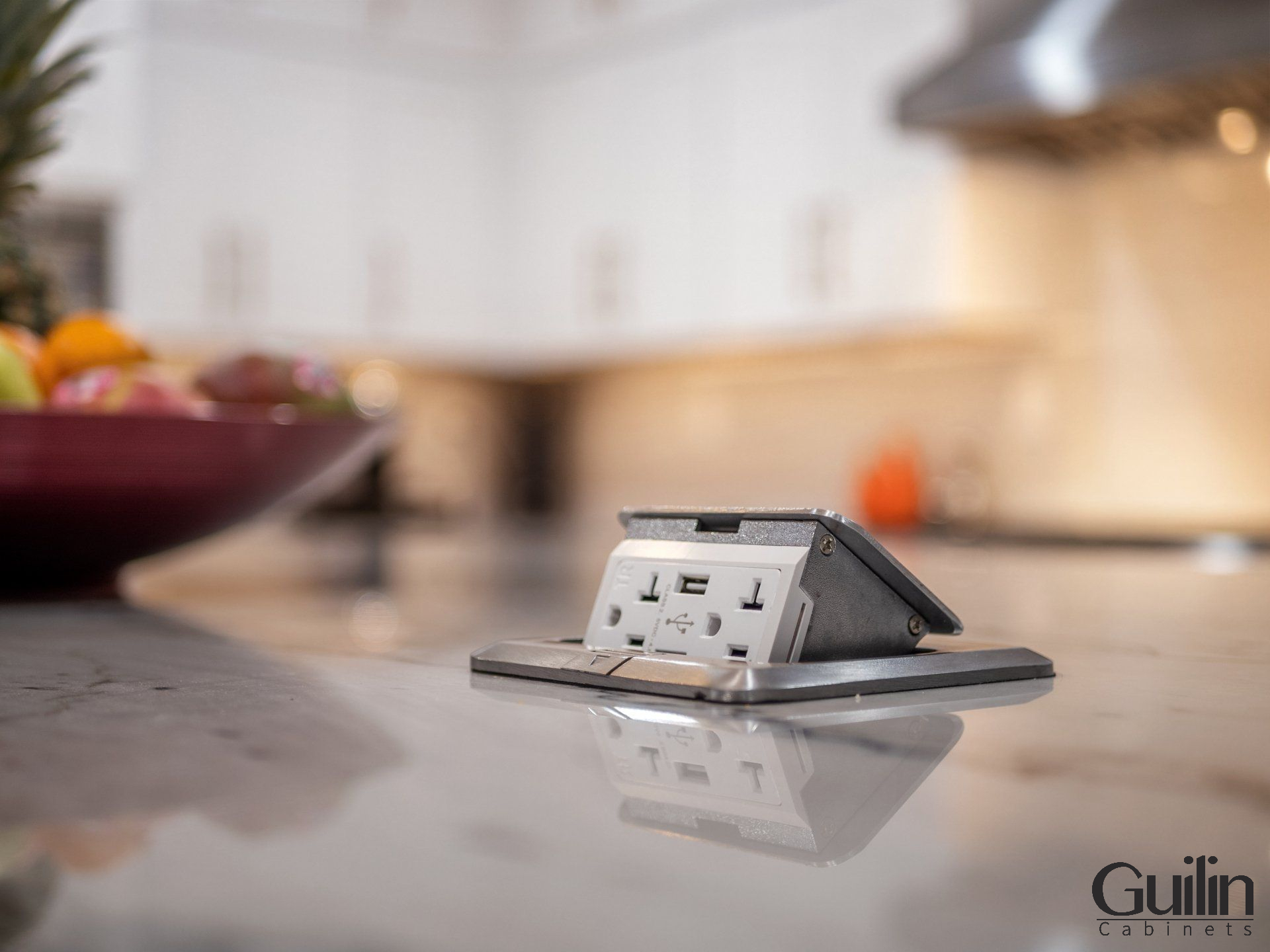
By incorporating smart home technology into the kitchen, tasks such as preheating the oven, adjusting the lighting, or checking the fridge’s contents can be done effortlessly, making cooking and meal preparation more convenient than ever before.
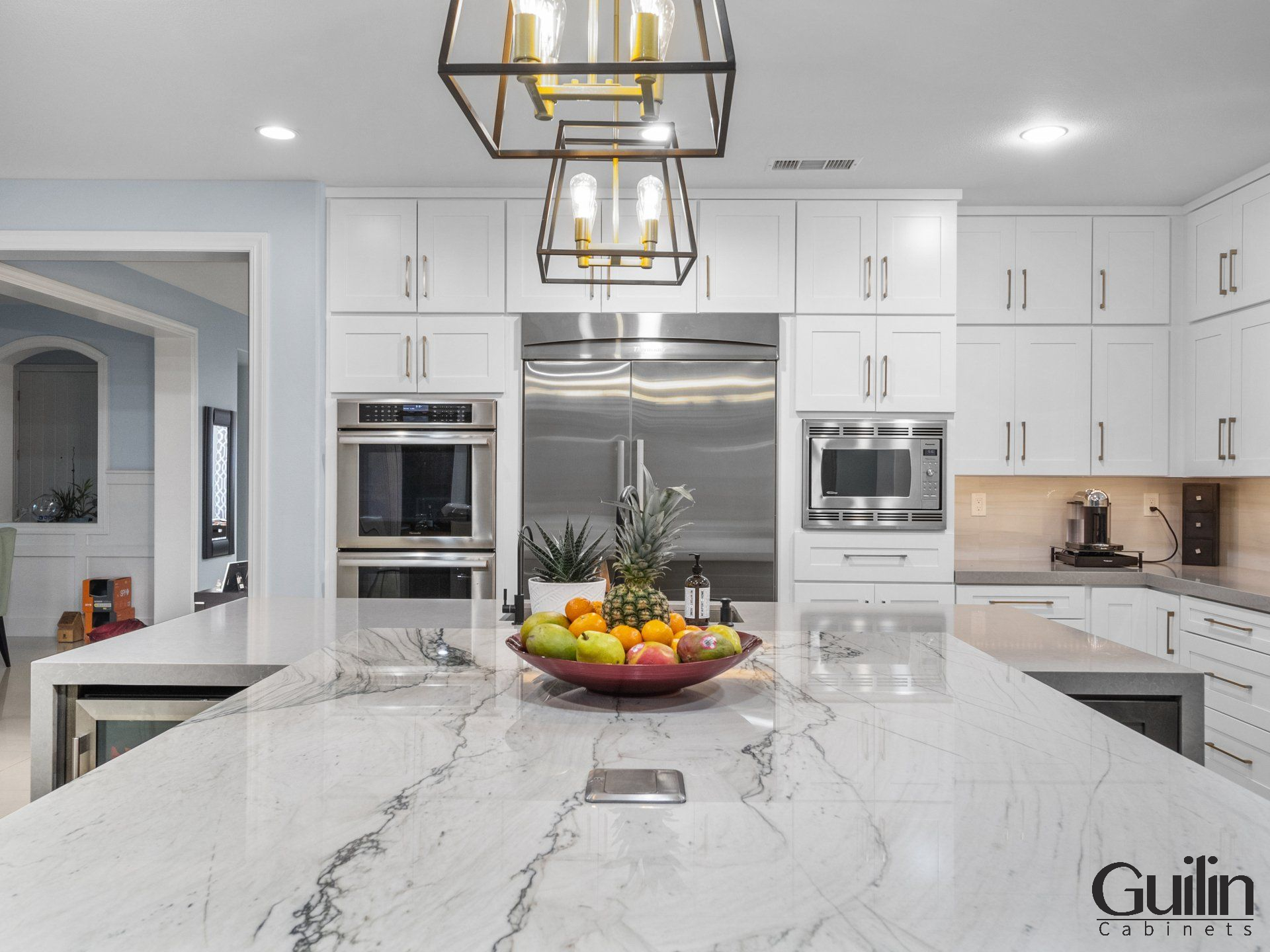
To Wrap Up About Modern Kitchen
As a reminder, modern kitchen style is characterized by sleek, clean lines, and a balanced mix of form and function. It emphasizes simplicity, minimalism, and the use of high-quality materials to create a space that is both visually appealing and practical for everyday use. By incorporating elements such as flat-panel cabinetry, minimalist hardware, and integrated appliances, a modern kitchen exudes a sense of sophistication and elegance.

FAQs About Modern Kitchen Style
In Short, What defines Modern Kitchen Style?

Modern Kitchen Style is characterized by sleek, clean, balanced forms, and functions. It emphasizes simplicity, minimalism, and the use of elegant materials.
What are the key elements of a Modern Kitchen?

The key elements of a Modern Kitchen include flat-panel cabinets, minimalist hardware, sleek appliances, and the use of materials like glass, metal, and quartz.
How can I achieve a Modern Kitchen Style in my home?

To achieve a Modern Kitchen Style, focus on clean lines, minimal clutter, and a monochromatic color scheme. Incorporate modern appliances and choose sleek finishes for countertops and cabinets.
What color palettes work well in a Modern Kitchen?

Neutral color palettes such as white, black, gray, and beige are commonly used in Modern Kitchens. These colors create a clean, timeless look that complements the sleek design of the space.
What lighting fixtures are ideal for a Modern Kitchen?

Recessed lighting, pendant lights, and under cabinet lighting are ideal for Modern Kitchens. These fixtures provide ample light while adding a contemporary touch to the space.
How important is functionality in a Modern Kitchen?

Functionality is key in a Modern Kitchen. The design should prioritize efficiency and organization, with ample storage solutions and user-friendly appliances to enhance the cooking experience.
Are there any design tips for creating a Modern Kitchen with a limited budget?

To create a Modern Kitchen on a budget, consider painting existing cabinets in a fresh, modern color, updating hardware, and incorporating affordable yet stylish lighting fixtures. Focus on decluttering and keeping the space clean and streamlined.


















